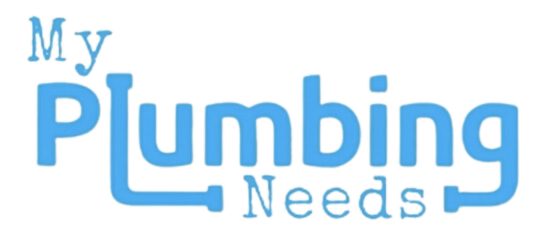Detecting Hidden Leaks:
1. Monitor Your Water Bill
Keep a close eye on your water bill each month. An unexplained rise, even if small, might suggest the presence of a concealed leak within your plumbing system.
2. Check Your Water Meter
First, make sure all water fixtures are turned off. Then, examine your water meter to see if it’s still active. If it continues to run, it’s likely there is a leak somewhere in your system.
3. Look for Signs of Water Damage
Regularly inspect your walls, ceilings, and floors for any visible signs of water damage, such as stains, patches of mould, or a persistent musty smell. These can all be indicators of an undetected leak.
4. Utilise Leak Detection Tools
If a leak is suspected but cannot be located visually, specialised devices can be of great assistance. Moisture meters and infrared cameras, for instance, can help you pinpoint the precise location of hidden moisture or water ingress.
Fixing the Leak:
1. Turn Off the Water Supply
Before attempting any repairs, make sure to shut off the water supply to the affected area to prevent further leakage while you work.
2. Identify the Leak Source
Carefully inspect the problem area to locate the exact source of the leak, as this will allow you to determine the best course of action for the repair.
3. Repair or Replace Damaged Sections
Once you have identified the source, you may need to either repair or replace the damaged pipe, joint, or fixture, depending on the severity and type of the leak.
4. Seal and Insulate
Apply a suitable pipe sealant to secure the repaired area, and consider adding insulation around exposed pipes to prevent future leaks caused by temperature fluctuations.
5. Test the Repair
After completing your repairs, turn the water supply back on and carefully monitor the area to ensure the leak has been fully resolved.
By detecting and repairing hidden leaks early on, you can avoid the risk of severe damage and expensive repairs, ensuring your plumbing system remains in optimal condition.
Explore more articles on our blog:
- Crafting the ideal bathroom: A guide to perfect layouts
- 10 Essential Plumbing Products Every Homeowner Should Have
- Spring Plumbing Tips
- Top 5 Plumbing Tips Every Homeowner Should Know
- Essential Plumbing Tips for Homeowners: Keep Your Pipes Flowing Smoothly
- Plumbing Essentials: A Comprehensive Guide to Choose the Right Products for Your Home
- 5 Common Plumbing Myths Every Homeowner Should Know
- Essential Plumbing Tools Every Homeowner Should Have
- How to Unclog a Drain Naturally - Tips and Tricks
- The Ultimate Guide to Choosing the Right Water Heater
- Top 10 Plumbing Tips for First-Time Homeowners
- Understanding Different Types of Pipe Materials and Their Uses
- How to Install a New Tap
- Common Plumbing Mistakes to Avoid
- The Benefits of Regular Plumbing Maintenance
- Energy-Efficient Heating Solutions for Your Home
- Smart Home Plumbing: Innovations in the Industry
- How to Choose the Perfect Showerhead for Your Bathroom
- How to Fix a Leaky Tap: A Comprehensive Step-by-Step Guide
- How to Create a Spa-Like Bathroom on a Budget
- How to Install a Bathtub: A Comprehensive DIY Guide
- Autumn Plumbing Maintenance Tips: Preparing for the Colder Months
- Top 5 Plumbing Upgrades to Increase Your Home’s Value
- Understanding Boiler Types and Which One is Right for Your Home

